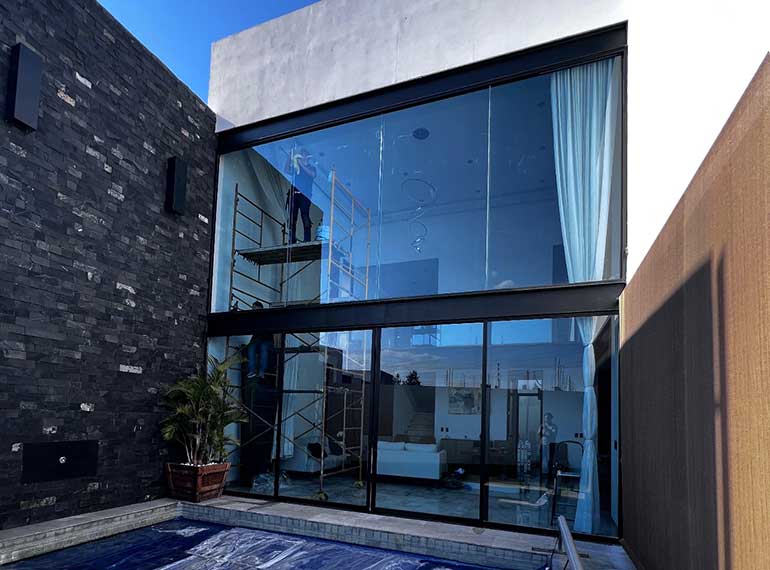In an era where energy efficiency and occupant comfort are paramount, solar control window tint has emerged as a transformative solution for modern commercial buildings. As architects and facility managers seek innovative ways to balance aesthetics, sustainability, and cost-effectiveness, this advanced glazing technology is redefining how buildings interact with sunlight. Let’s explore the advantages of solar control films and the trends shaping their adoption across industries.
Key Advantages of Solar Control Window Tint
Energy Efficiency and Cost Savings
Solar control window films are engineered to block up to 99% of harmful UV rays and reject a significant portion of solar heat. By reducing heat gain through windows, these films decrease reliance on air conditioning systems, leading to energy savings of up to 30% in commercial spaces. This aligns with global efforts to meet sustainability goals, such as LEED certification and net-zero energy targets.Glare Reduction and Enhanced Comfort
Excessive glare can disrupt productivity in office environments and diminish the appeal of retail spaces. High-performance solar films diffuse incoming sunlight, creating a balanced indoor environment without compromising natural light. This feature is particularly valuable for buildings with large glass facades or skylights.UV Protection and Asset Preservation
Prolonged UV exposure can fade furniture, flooring, and merchandise. Solar control window films act as an invisible shield, preserving interior assets while maintaining unobstructed views—a critical advantage for museums, galleries, and high-end retail stores.Improved Thermal Uniformity
Unlike traditional tinting methods, modern solar films ensure even heat distribution, eliminating “hot spots” near windows. This creates a more comfortable experience for occupants and reduces strain on HVAC systems.

